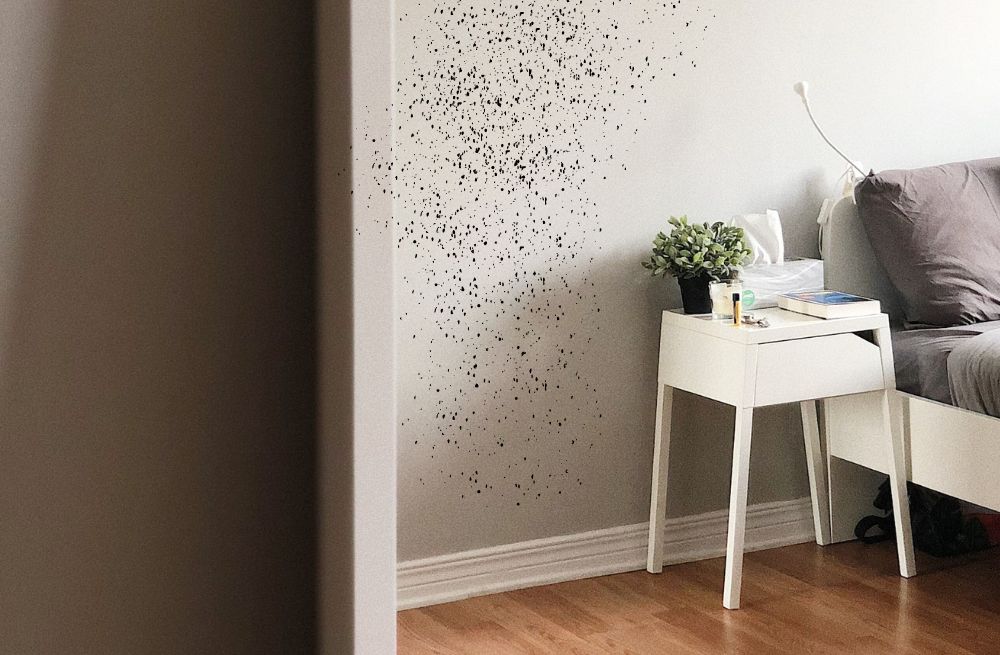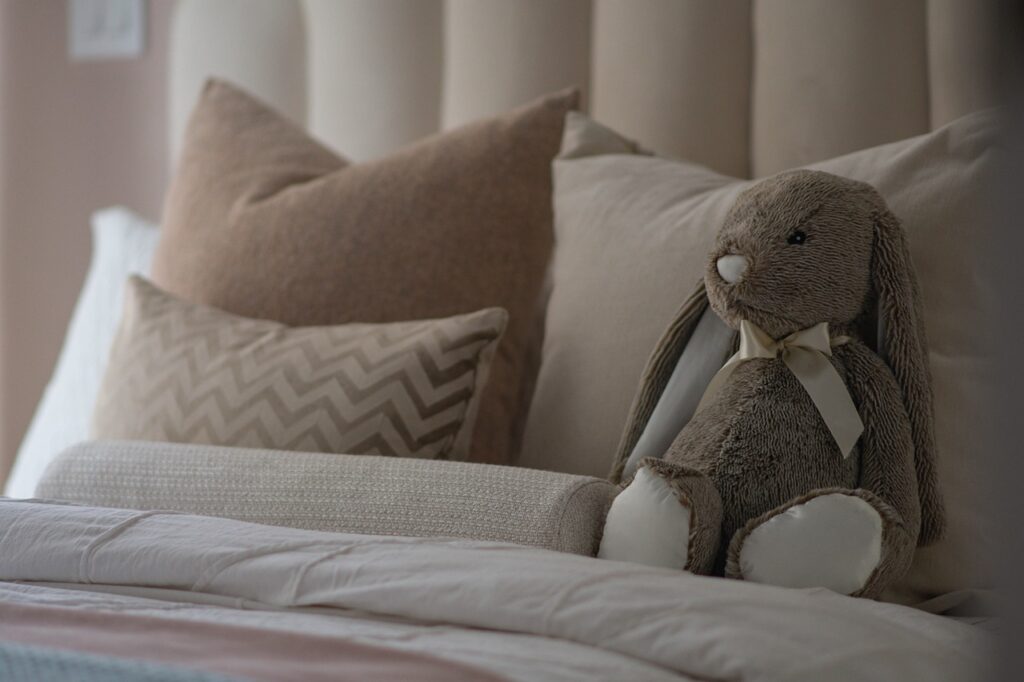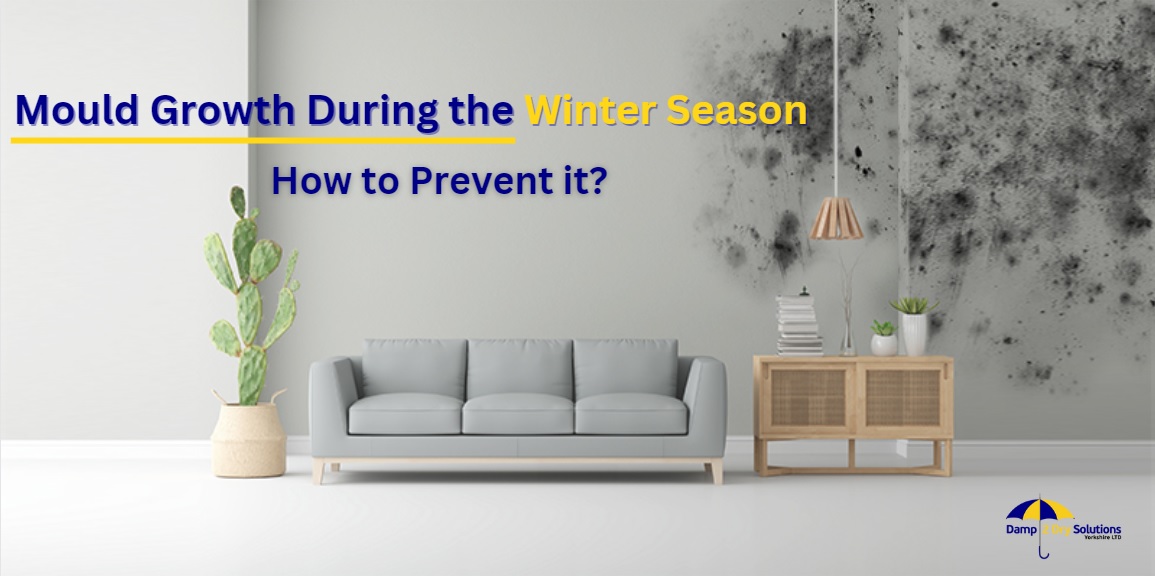With more of us spending more time indoors, residing and sleeping in damp and mould-infested areas has become much more common. Although most people are aware that dampness and mould are harmful for our health, little is known about how bad damp is, particularly when combined with its faithful companion, mould.
The study found that dampness has a significant impact on our health and sleep quality.
A recent study of 12,000 adults found that dampness and mould in the home can cause insomnia and fatigue.
Dampness is a common problem in many homes, and it can have a number of negative health effects. In this article, we will discuss the causes of dampness, the risks of sleeping in a damp environment, and what you can do to prevent or treat dampness in your home.
In this article, we will explore the effects of sleeping in a damp room and understand the potential risks it poses to our health and sleep quality.
Understanding Damp Rooms
A damp room refers to an environment with excessive moisture or water presence, leading to an increased level of humidity. Dampness can occur due to various reasons, such as leaks, poor ventilation, or high humidity levels in the surrounding environment.
Causes of Dampness
Dampness can be caused by factors like leaking roofs or pipes, condensation due to inadequate ventilation, or even rising dampness from the ground. Understanding the root causes is essential in addressing the issue effectively.
There are numerous reasons why you may be having dampness in your home. While some issues may be resolved at home, others may necessitate the services of a damp and mould expert.
Consider the following damp-related causes:
Existence of breaches
Leaks can happen for a variety of causes, and when they do, they can cause a slew of issues. Excess water enters your house through leaks, causing dampness and mould. If you suspect an internal leak, you must contact an expert as soon as possible.
Taking care of the problem as soon as possible will save you money in the long run.
Inadequate air
Poor ventilation is another major cause of excessive moisture in the house. Some rooms may lack windows, making sufficient airflow to keep moisture at an acceptable level more difficult.
Heating that is inefficient
For a variety of reasons, winter is a time when dampness flourishes. One of these is the general heating system in your house.
The combination of cold outside temperatures and additional moisture in the form of rainfall contrasts with increased interior heating, resulting in leaks and dampness.
Insulation gaps
Ineffective warmth is exacerbated by inadequate insulation. Condensation is created when hot indoor air and cold outdoor air collide, resulting in dampness in the house.
The Hazards of Being Asleep in a Damp Room
Any individual who has ever spent time in a damp room will tell you that it is not a good experience. Improper respiration, rashes, sneezing and coughing, and poor sleep quality, are all potential side effects of resting in a damp room. Here are some shocking effects of sleeping in a damp room on your health and also on your sleep.
Health Risks
Respiratory Issues
Sleeping in a damp room can significantly impact respiratory health. The excessive moisture creates an ideal breeding ground for mould and mildew, which release airborne spores. Inhalation of these spores can lead to respiratory problems, including coughing, wheezing, and exacerbation of asthma symptoms.
Allergies
People who are prone to allergies may experience heightened symptoms when exposed to damp environments. Mould spores, dust mites, and other allergens thrive in damp conditions, triggering allergic reactions such as sneezing, itching, and congestion.
Skin Problems
The excess moisture in a damp room can also affect the skin. Prolonged exposure to dampness can lead to skin irritation, itching, and even fungal infections. Damp environments create an ideal habitat for bacteria and fungi, which can cause various skin issues.
Sleep Quality
Discomfort
Sleeping in a damp room can be uncomfortable. The presence of dampness can make the air feel heavy and clammy, leading to a feeling of unease. This discomfort can make it challenging to fall asleep and may result in a restless night.
Sleep Disruptions
The presence of mould and mildew in a damp room can cause sleep disruptions. Some individuals may experience increased snoring or develop sleep apnea symptoms due to the allergens present in the air. This can lead to fragmented sleep and a lack of restfulness.
The Dangers of Sleeping in a Mould Room

Damp rooms create an ideal environment for mould and mildew growth. These fungi can spread rapidly and release spores into the air. The presence of mould not only affects the immediate sleeping area but also poses a risk to the overall indoor air quality, potentially affecting other areas of the house.
Mould, like moisture, can be harmful to our health, causing a variety of health problems. Here are some health risks of sleeping in a Room with Mould
- Headaches
- Dizziness
- Infections of the lungs
- Rashes on the skin
- Tightness in the chest
- Nasal congestion
And many others. Mould is extremely dangerous to children and the aged, as well as those with weakened immune systems. Mould pollution can also cause respiratory infections, allergic responses, and asthma.
With such a long list, it’s never been more essential to be aware of the existence of mould and take preventative measures before it takes root in the home.
Tips for a Dry Bedroom

Ventilation
Proper ventilation is crucial in preventing dampness in a bedroom. Ensure that windows can be opened to allow fresh air circulation. Additionally, consider using exhaust fans or dehumidifiers to reduce humidity levels.
Dehumidification
Using a dehumidifier can help maintain optimal humidity levels in the bedroom. Set the device to keep humidity between 30% and 50% to inhibit mould growth. Empty and clean the dehumidifier regularly to prevent the growth of bacteria.
Also read: How To Get Rid of Damp in Bedroom?
Conclusion
Sleeping in a damp room can have several adverse effects on both health and sleep quality. The presence of excessive moisture can lead to respiratory issues, allergies, skin problems, discomfort, and sleep disruptions.
To create a healthier sleeping environment, it’s important to address the root causes of dampness and implement proper ventilation and dehumidification methods. If necessary, consider reaching out to a damp-proofing specialist and schedule a damp survey
FAQs related to the Effects of Sleeping in A Damp Room
- How can I tell if my room is damp?
Signs of dampness include musty odors, visible mould or mildew growth, peeling wallpaper, and condensation on windows. If you suspect dampness, it’s advisable to take measures to address the issue promptly.
- Can sleeping in a damp room cause long-term health problems?
Prolonged exposure to damp environments can contribute to the development of chronic respiratory conditions and allergies. It’s important to prioritize a dry and healthy sleeping environment.
- Are there any natural remedies for combating dampness in a room?
Yes, certain natural remedies can help combat dampness. For example, using moisture-absorbing materials like charcoal or silica gel packets can help reduce humidity levels.
- Can cleaning products help eliminate mould and mildew?
Yes, there are various cleaning products available specifically designed to remove mould and mildew. It’s important to follow instructions from a Damp expert and ensure proper ventilation while using these products.
- How often should I check for dampness in my bedroom?
Regular inspections are recommended, especially during seasons with high humidity levels. Check for signs of dampness and take appropriate action if any issues are detected.






